How to Save Energy in Older Homes and Historic Buildings
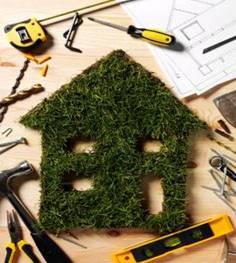
Improved Energy Efficiency Tips
If you are a proud owner of an older home that captures the classical beauty and nostalgia of old times, but also has historical value, we believe that as much as you are pleased with its appearance and traditional design, you are probably experiencing some issues regarding its energy efficiency. Namely, as full of charm and amazing as they might be, older homes are not always most comfortable to live in, since they were not built with modern heating and cooling systems, the windows, doors and chimneys are usually draughty and the entire household is usually too costly to maintain. Now, if you are thinking of simply upgrading your older house with some more modern energy efficiency measures, you will encounter another problem in preserving its traditional look and historical value. Since improving energy efficiency and lowering maintenance costs is a must, you will simply have to find a way of reconciling these two issues, why we will herewith try to explain how to save energy in older homes and historical buildings.
Older Homes Features
Namely, older homes, depending on their characteristics, age and historical features were built with different construction methods than most modern homes, which is the reason they require different approach. Although, some characteristics do need upgrading and additional protection, not all things are bad. Some were built using certain eco-friendly features such as thicker walls, operable wooden shutters, porches, vents and light-reflecting finishes.
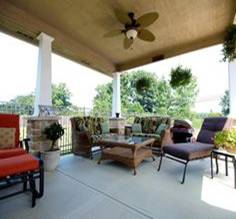
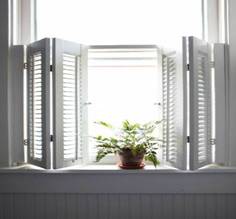
Depending on the climate and weather season, exterior porches, awnings and balconies were used to provide shade and reduce heat gain during summer months; lighter paint colours were used for exterior wall finishes in order of reflecting the sun and keeping the interior cooler; chimneys were usually located externally so that the interior wouldn’t be additionally heated; shutters, vents and windows above doors allowed air circulation. On the other hand, in colder climates chimneys were usually installed so that they run through the house so that they would radiate heat while thicker walls improved thermal mass, resulting in absorbing the heat from natural sun-light and releasing it during the night, when the outside temperatures drop.
You will notice that the above mentioned features can be useful in the words of your old home energy efficiency, why they can be maintained and upgraded with some of the following measures.
Old Homes Energy Saving Measures
Prior to considering and maybe applying some of the given older homes energy saving measures, we recommend you conduct a detailed and thorough energy audit of your home. You can try doing it yourself or you could hire a professional contractor that will undertake the necessary steps for you. Either way, it is very important to determine and define the potential weaknesses and vulnerable points, as well as all the historical features that you want to preserve, so you could find the right balance and choose the most adequate measures. A very important thing, especially if you are conducting the energy audit yourself, is to make sure not to tamper with some potentially dangerous insulation materials such as , which can have serious consequences for your health. Namely, you will probably encounter with various insulation materials, such as old newspaper, but in case you stumble into asbestos, make sure to consult a professional.
Now that you are aware of some potential risks, it is time to move on to the some useful tips on improving energy-efficiency of your historical home.
The most important and most efficient measure is most definitely proper insulation. When making an insulation plan, make sure to take into account all significant factors, with the emphasis on proper ventilation, if you want to avoid the insulation material getting wet or damp which can raise many serious issues, including degradation of indoor air quality and aggravation of allergies. Note that there are a few vital areas that can be insulated without damaging the historical features of your household. These include insulating water pipes, crawl spaces, basements, lofts or heating and cooling ducts. On the other hand, although wall insulation is a very important aspect of any insulation plan, this can be somewhat problematic when it comes to improving energy efficiency of historic walls, due to the fact that wiring may be installed through the wall which can present a fire hazard or installed insulation may cause breaking of the plaster walls – lath bond. This is why you should try some of the upper mentioned means of insulation, prior to considering adding wall insulation and rather opt for internal wall insulation which will not, unlike external insulation, affect the look and aesthetics of an historical building which is particularly important.
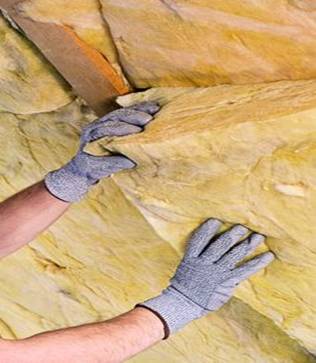
Windows are also another potential weak point in the words of energy efficiency and often require upgrading or replacement. However, older homes are often equipped with valuable and distinguished windows that are made from high quality materials, which are no longer available which only makes them harder to replace. If this is the case with your old home windows, instead of replacing them, you could try upgrading them that is adding some additional protection found in a few simple and not to costly tricks. One of them is weather stripping the window sash and caulking the casing for reducing draughts. Another way is by turning your windows into double-paned ones by adding a storm window which can not only add to the thermal insulation of your older home but also upgrade acoustic insulation and window protection. If you want to go all the way through and spend a little more money, you can opt for low-E or laminated glass for your storm windows.
As before mentioned, old chimneys can also present a problem in the words of older homes energy efficiency. If you want to decrease draughts caused by an old chimney, you could try installing a chimney balloon and cap the top of the chimney with some rain proof ventilated cowl, in order of minimizing damp risks.
Some additional tips on improving energy efficiency of your older home, that needn’t be too costly also include:
- replacing some old appliances with more modern and advanced energy saving models;
- air seal your home by closing all potential gaps, cracks or homes in the building envelope, especially around service penetrations and entrances, window and door reveals, around the attic hatch door, sealing crawl spaces, around electrical outlets, under the garage door etc. This can be done in a few easy tricks that will not affect the historical value and design of your home such as using draught snakes at door bottoms, closing fireplace dampers or closing window treatments during cold weather.
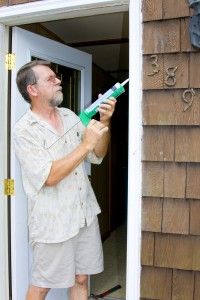
- insulating water pipes, installing solar water systems or geothermal systems, constant monitoring the condition your home is in etc.
Dress up your old home and start saving energy by going forth with some small insulation projects. Contact us if you have some questions or need advice on what insulation product or project would be best for your home.


















































































































